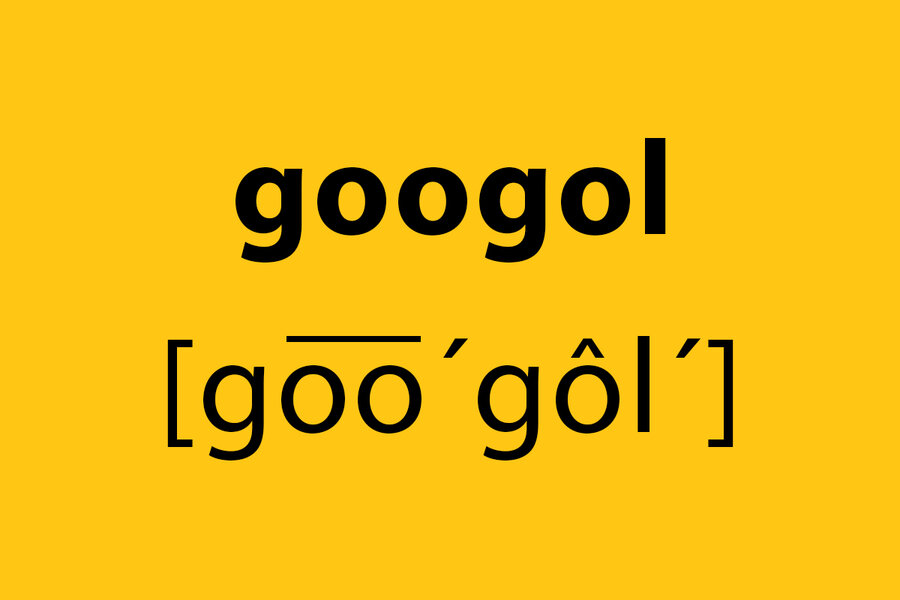There are a zillion different names for big numbers
My husband found an interesting fact to read aloud on nearly every page of Bill Bryson’s “A Short History of Nearly Everything.” “Guess how many probable planets there are in the universe?” he’d ask at breakfast. Ten billion trillion! Molecules in a cubic centimeter of air? Forty-five billion billion! By the time he got to Page 303 and “How many bacteria live in the human body?” I had an answer ready: “87 squillion bazillion.” It turns out I was close – it’s 100 quadrillion!
Numbers this large are hard to grasp, and referring to them by name doesn’t help. Arabic numerals are clearer – no one has to wonder whether you mean 1012 or 1018 when you say trillion.
To googologists, number lovers who strive to define and name ever-larger numbers, utility is not the point, and even Bryson’s 100 quadrillion is small change. Googology comes from googol, the most famous, and smallest, of the really big numbers.
A googol is a 1 followed by 100 zeros (or 10100 ). It was given its whimsical name in 1937 by mathematician Edward Kasner’s young nephew, and became famous when an internet search engine, wanting to suggest that it could process a huge amount of data, named itself Google. This moniker is rather aspirational, as the number of atoms in the entire universe is estimated to be only 1080 , much less than a googol.
A (big) step up from there is googolplex, which is 10googol , or 1 with a googol of zeros. This is the last widely accepted name for a really big number. People have tried to get googolplexian (10googolplex ) and googolduplex (same thing) to catch on, but there doesn’t seem to be enough occasion to use them. As astrophysicist Neil deGrasse Tyson points out, such large numbers “don’t count things, but instead count the ways things can happen.” The example he uses is that there are more than a googol different ways to play a game of chess.
Those of us who aren’t googologists can fall back on “indefinite hyperbolic numerals” such as bazillion, zillion, gazillion, jillion, and squillion. Linguistic anthropologist Stephen Chrisomalis has found that these terms originated in the United States in the late 19th to early 20th century, when words for large numbers “served as an index of education level and social status.” As numeracy increased, so did opportunities to poke gentle fun at the desire to be so precise. With their comic vagueness, words like bazillion convey the difficulty of trying to grasp big numbers.
The biggest number ever named appears to be Rayo’s number, after the MIT philosopher who defined it. If you want to know more about that, you’ll have to look it up. All I can say is that it’s bigger than a gazillion squillion.





